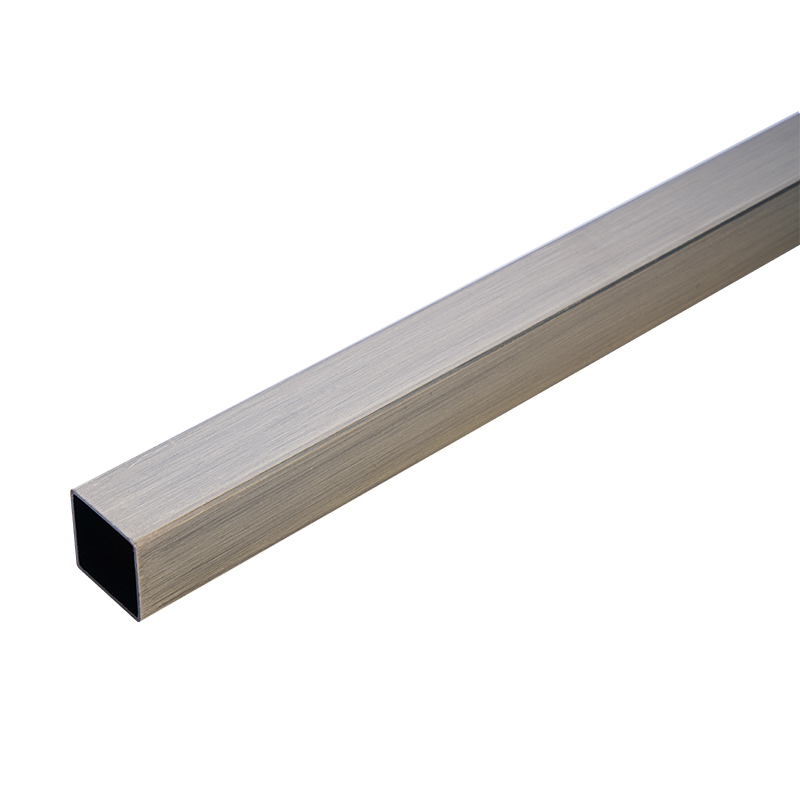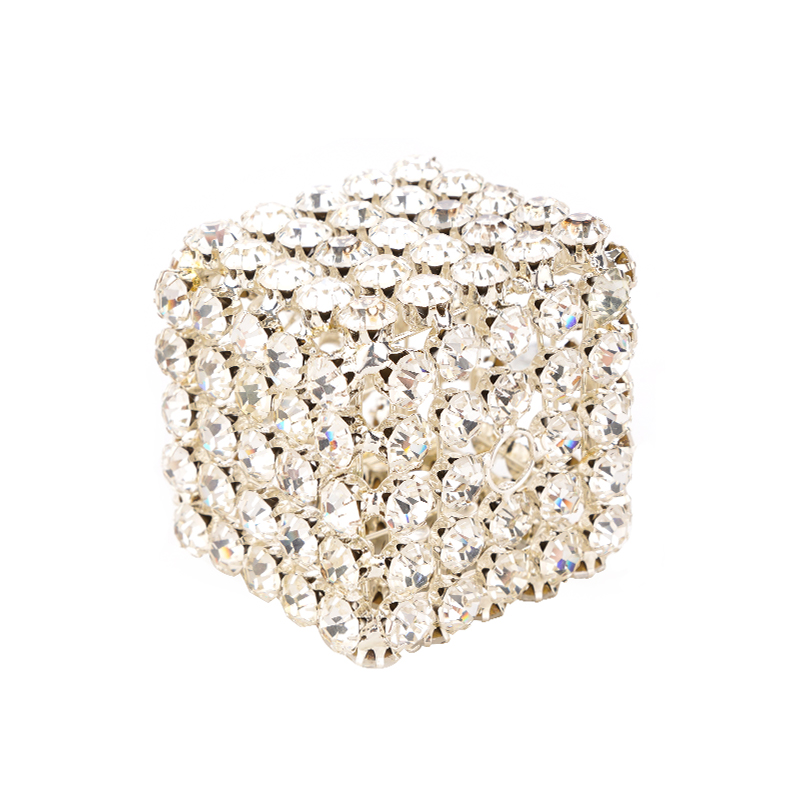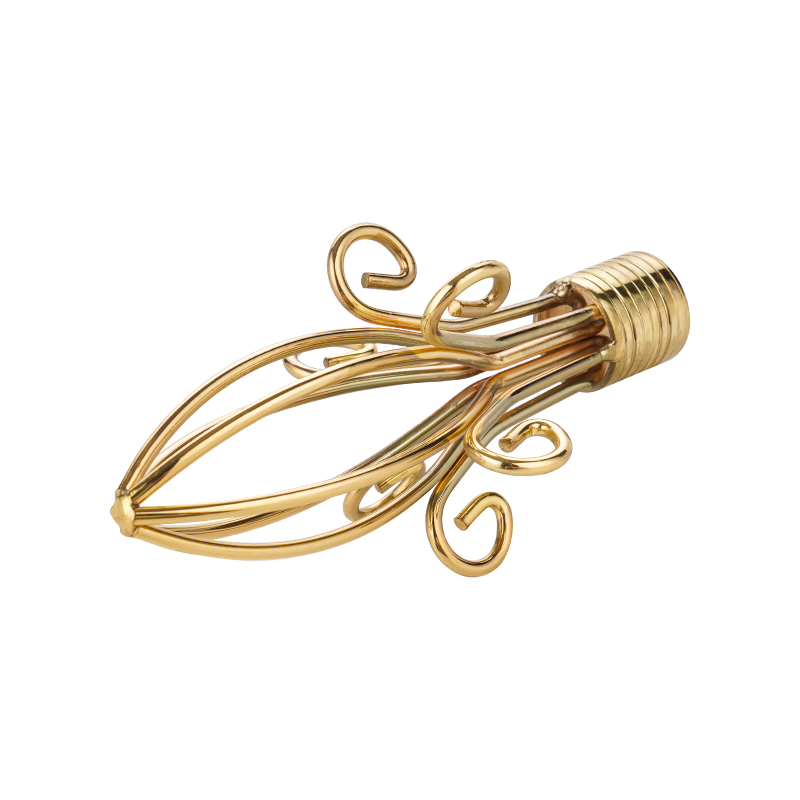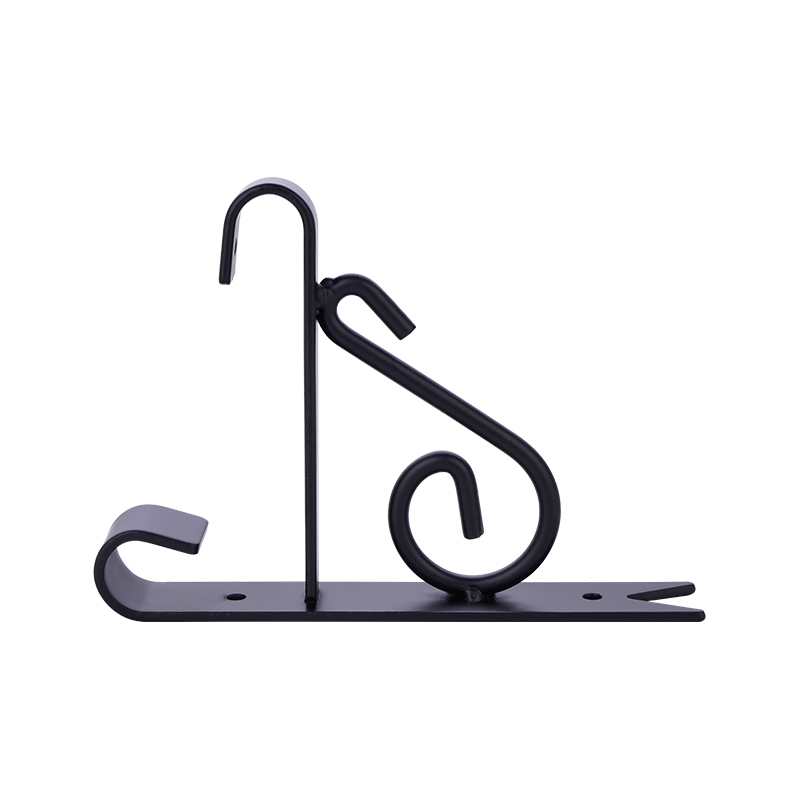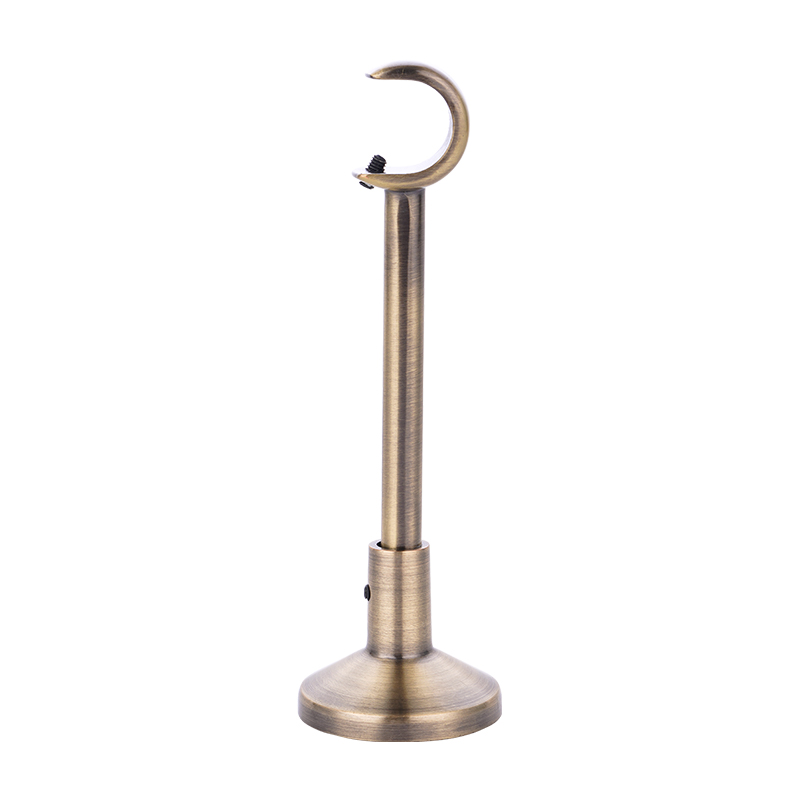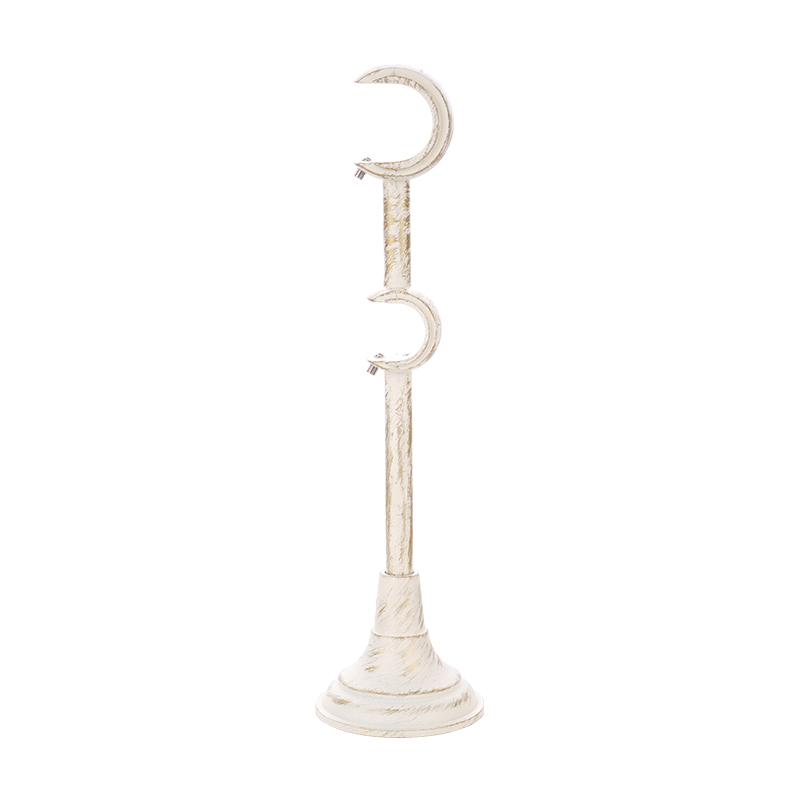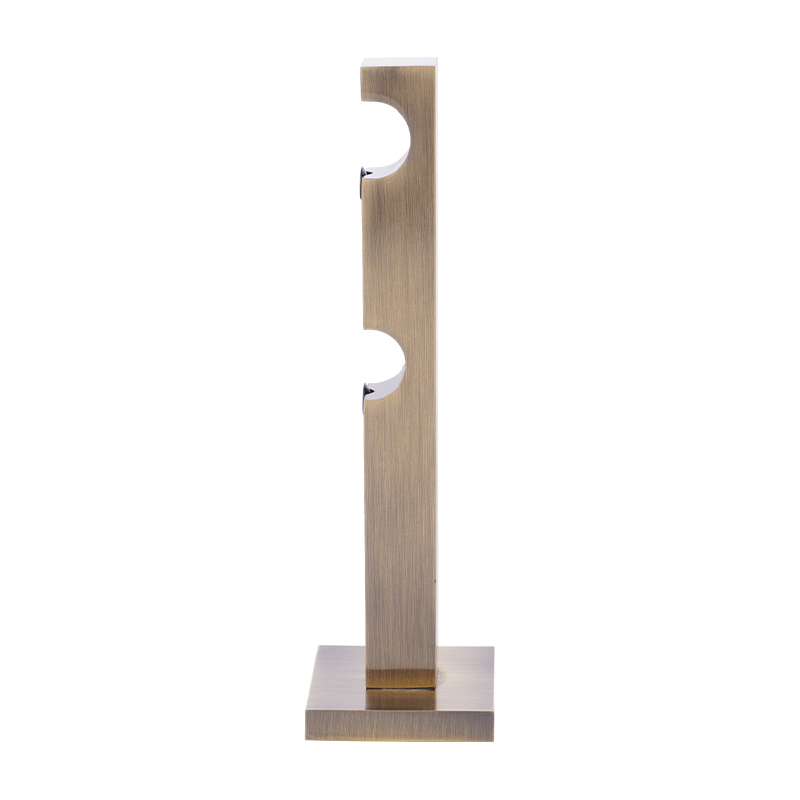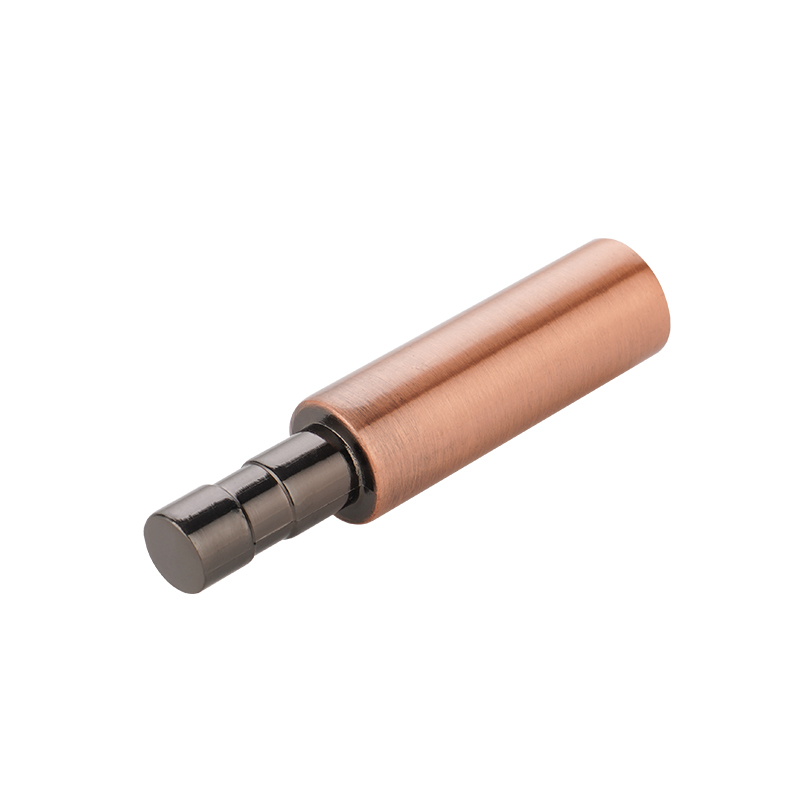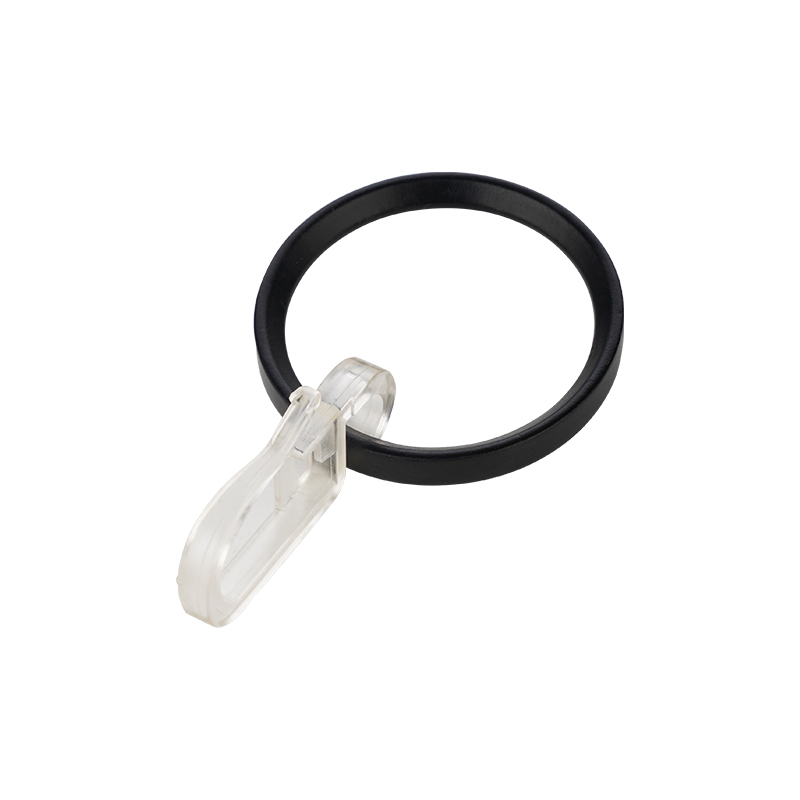The reason why Metal Curtain Rail has such a strong load-bearing capacity is mainly due to the combined effect of its material properties, structural design and processing technology. The following will explain in detail why metal curtain rails have good load-bearing capacity from these three aspects.
1. Strength of Metal Materials
Metal curtain rails are usually made of aluminum alloy, stainless steel or steel, which have very high mechanical strength and can withstand large tension and pressure. The following is the effect of different metal materials on load-bearing capacity.
Aluminum alloy: Aluminum alloy is a lightweight but high-strength material that is widely used in the manufacture of curtain rails. Aluminum alloy has good tensile and compressive properties, is light and easy to install, but excels in load-bearing. Aluminum alloy is also corrosion-resistant and can remain stable for a long time in a humid environment, so it is suitable for long-term hanging of heavy curtains.
Stainless steel: The load-bearing capacity of stainless steel curtain rails is good because of its extremely high tensile strength and bending resistance. Stainless steel has good corrosion resistance and can still maintain its strength in a humid or high temperature environment. Due to the high hardness of stainless steel, even super-heavy curtains can be easily handled.
Carbon steel or iron: Steel curtain tracks are often used in situations where overweight curtains need to be carried because of their high strength and durability. After heat treatment, the hardness and strength of steel will be significantly improved, and it can withstand gravity and external forces for a long time without deformation. In addition, steel tracks that have been electroplated or painted have good rust resistance and extend their service life.
2. Structural design to improve load-bearing capacity
The design of metal curtain tracks is also a key factor in improving their load-bearing capacity. Reasonable structural design can effectively disperse and resist external forces. The following are the main design features.
Track cross-sectional shape: The cross-sectional shape of metal curtain tracks is usually U-shaped, C-shaped or square. These geometric shapes have strong resistance to bending and torsion. U-shaped and C-shaped structures are particularly suitable for carrying heavy objects because they can effectively disperse the weight applied by the curtains and avoid deformation caused by excessive local force on the track. The square cross-section can better evenly distribute the weight and improve the overall structural stability.
Double-track or multi-track design: For occasions where multiple layers of curtains need to be hung, metal curtain tracks usually adopt double-track or multi-track design. The dual-track system allows for the hanging of multiple layers of curtains, such as blackout curtains and decorative tulle, without compromising the stability of the curtain track. The multi-track design allows the weight of each layer of curtains to be shared by different tracks, further reducing the load-bearing burden of a single track.
Reinforced support: Metal curtain tracks are often equipped with additional supports or hooks to enhance the structural integrity of the curtain track. Especially in longer curtain tracks, regularly installed brackets can effectively prevent the track from bending or sagging in the middle due to the weight of the curtains. The design and distribution of these support points are reasonable, ensuring that the entire track remains level and stable when hanging curtains.
3. The influence of processing technology on load-bearing capacity
The manufacturing process of metal curtain tracks has an important influence on their final load-bearing performance. High-precision manufacturing processes can not only ensure that the strength of metal materials is maximized, but also ensure the accuracy and consistency of the track shape, avoiding local weakness caused by manufacturing errors. The following are some important processing processes.
Cold rolling and heat treatment: The production of metal curtain tracks usually adopts cold rolling or hot rolling processes. The cold rolling process can improve the surface hardness and strength of metal materials, making the track more resistant to compression. The heat treatment process improves the crystal structure of the metal material by controlling the heating and cooling process, further improving its strength and durability.
Welding and connection technology: In the production of long tracks, the quality of welding and connection technology is directly related to the overall load-bearing capacity of the track. High-quality welding can ensure that the different parts of the track are firmly combined to avoid structural problems caused by loose connections. Modern welding technologies, such as laser welding, can achieve high-strength, seamless welding effects, making the curtain track more load-bearing.
Surface treatment: The surface of metal curtain tracks is usually treated with rust prevention, such as electroplating, spraying or anodizing. These processes not only enhance the corrosion resistance of the track, but also increase the hardness of the surface, so that the track maintains its strength without loss in long-term use. This is especially important for curtain tracks in humid environments, as it can effectively extend the service life of the track and avoid strength loss due to metal corrosion.

